Vienna and Vancouver square off on what makes a city ‘liveable’
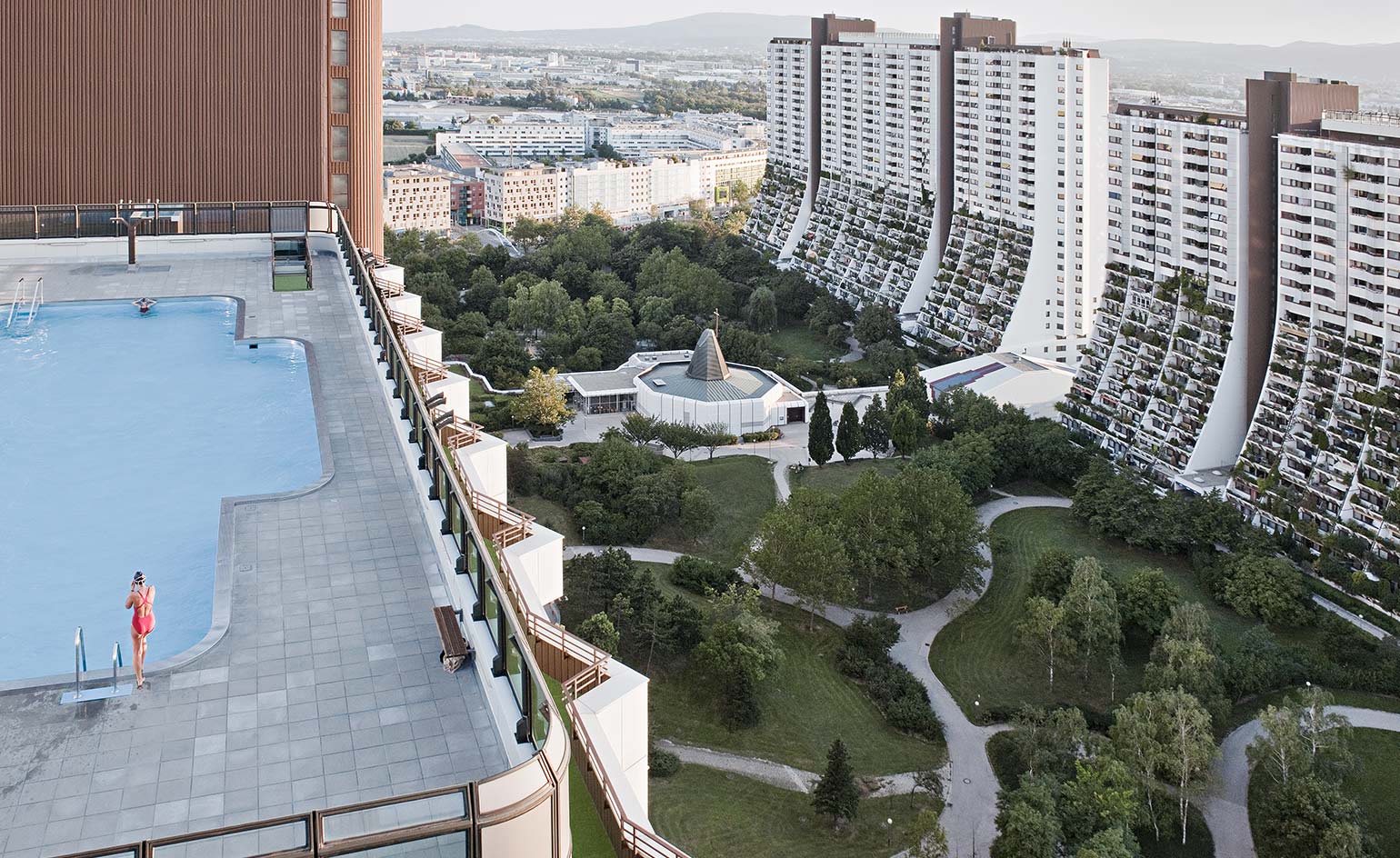
Vienna may soon be home to a new population of exiles from Vancouver’s hyper inflated housing market – especially in the wake of ‘The Vienna Model: Housing for the 21st-Century City’, a new exhibition at the Vancouver Museum.
On through 16 July, the exhibition – curated by Wolfgang Forster and William Menking and spanning text, photography and video – raises many questions about two of the world’s ‘most liveable’ cities that consistently reach the upper rungs of the ‘top ten’ lists compiled by the Economist and other sources. While the exhibition is heavily promoted and subsidised by the Austrian government, and doesn’t delve into much controversial or critical discourse (like say, housing for immigrants or refugees), it does a fine job of showcasing Vienna’s public housing in a city where 60 per cent of the population lives in municipally built, owned or managed housing.
Innovative forms of social housing include a coffin-factory turned housing estate, colour-coded housing projects designed for Alzheimer’s patients, and the Alt-Erlaa development set on 59 acres of land with swimming pool topped towers that read like luxury flats, but are actually full of family friendly homes, complete with schools and shopping plazas, and home to 7,000 residents. The idea of ‘luxury for all’ is quite foreign to Vancouver, currently gripped by a housing crisis, where high-end towers are bought up by offshore investors and young families are forced to flee to distant suburbs.
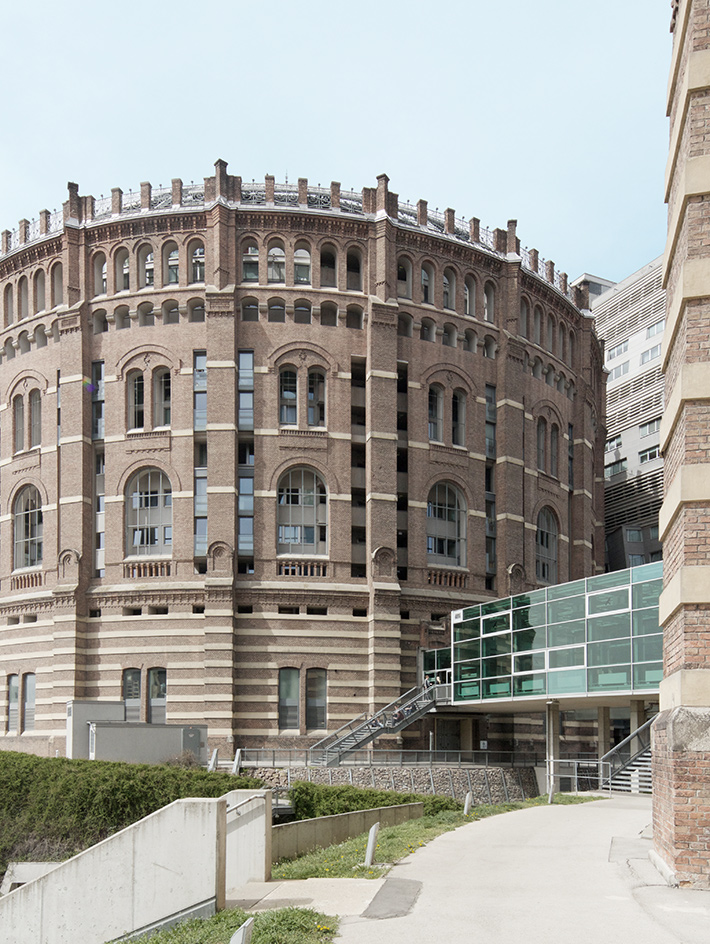
Gasometer City photographed in 2001, where housing has been built in what was once Europe’s largest gasworks.
While the Vienna Model has toured to other cities including Hong Kong and New York, where it provoked much discussion about social housing policy, in Vancouver the curators have teamed up with local artist collective Urban Subjects to explore more specificity in terms of the Vancouver/Vienna connection. A special comparison panel highlights statistics such as greater Vancouver’s (population 2.5 million) 25,745 social housing units and 1-7 year wait times, and Vienna’s (population 1.8 million) 220,000 units and average one year wait time.
While the exhibition often has a rose-coloured glasses feel (one can almost hear Vienna, City of My Dreams in the background) and doesn’t address, for instance, the spate of nouveau riche Russians buying up downtown flats – compared to the world’s third least affordable city Vienna does seem a social housing idyll. But with its Red Vienna legacy and housing market much more tightly controlled by the city than Vancouver’s neoliberal, developer driven market, it’s hard to imagine a direct translation of the Vienna model to Canada’s third largest city.
In the end, the Vienna model, held in its liveability list rival Vancouver, begs the question: ‘liveable’ for whom?
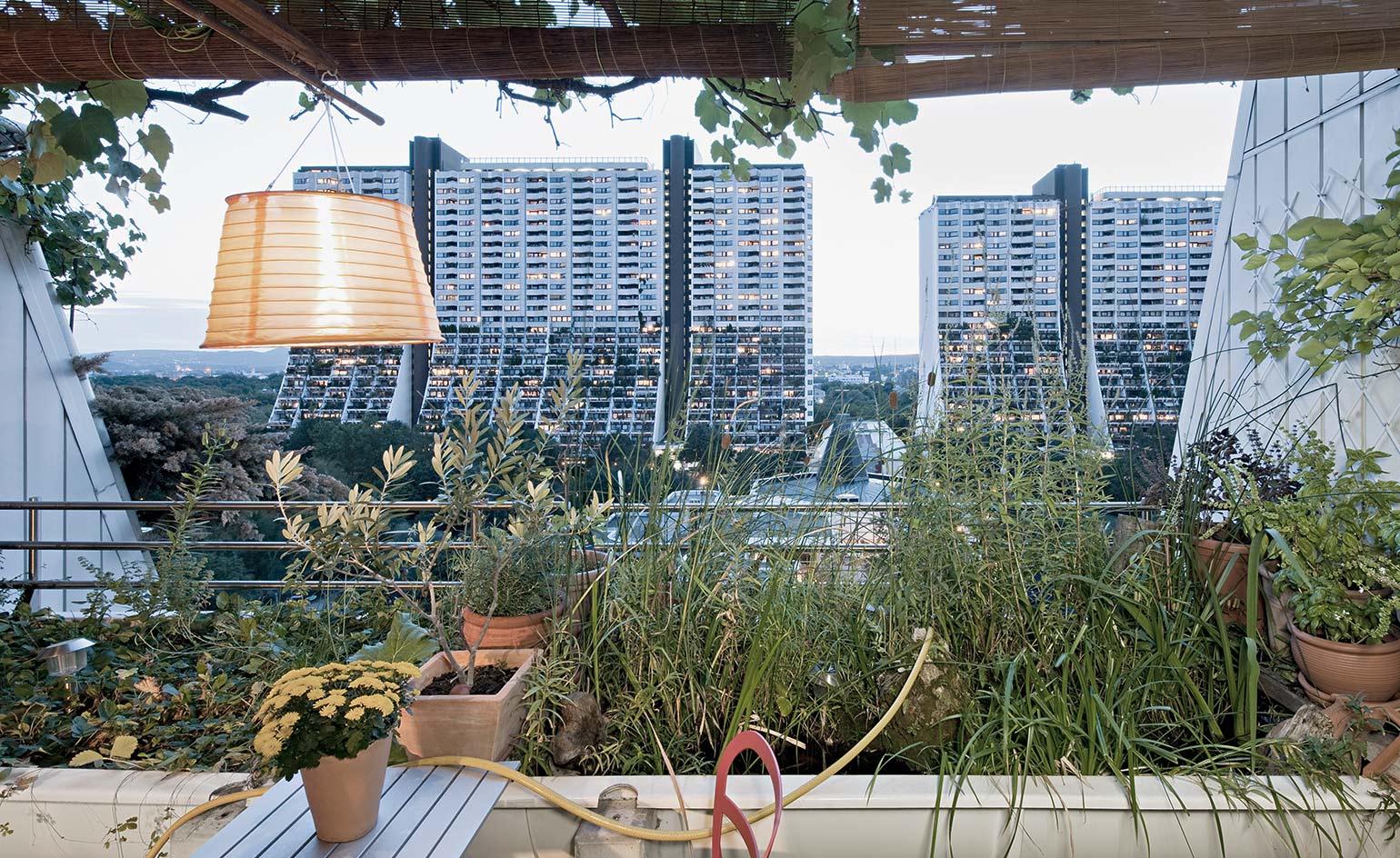
View from a balcony in the Alt-Erlaa estate.
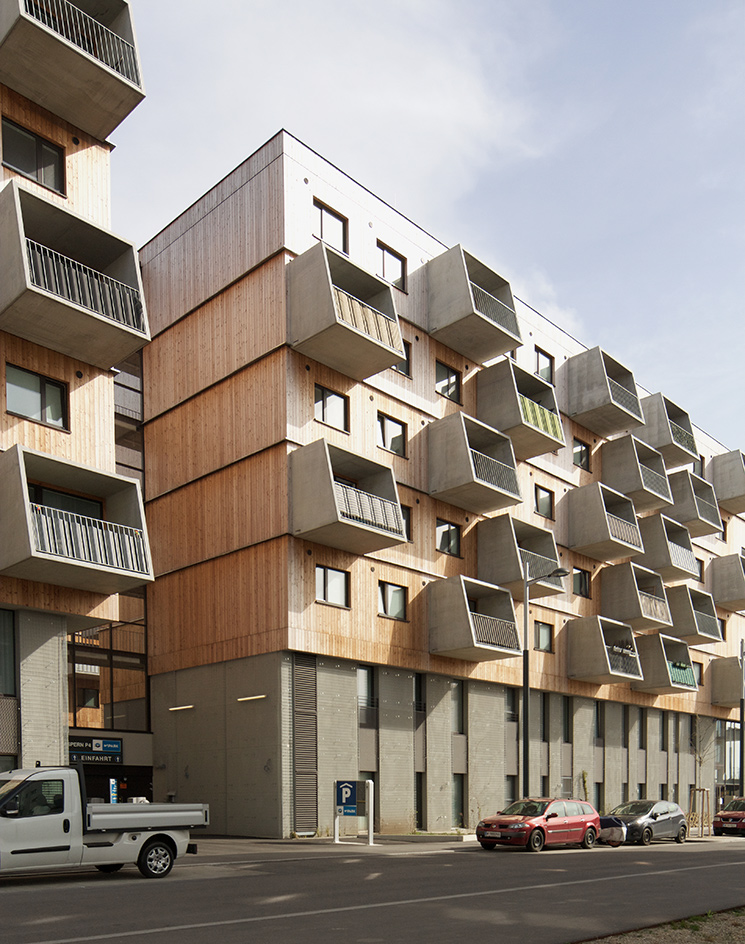
The larch-paneled façade of the Asp Holzwohnbau.
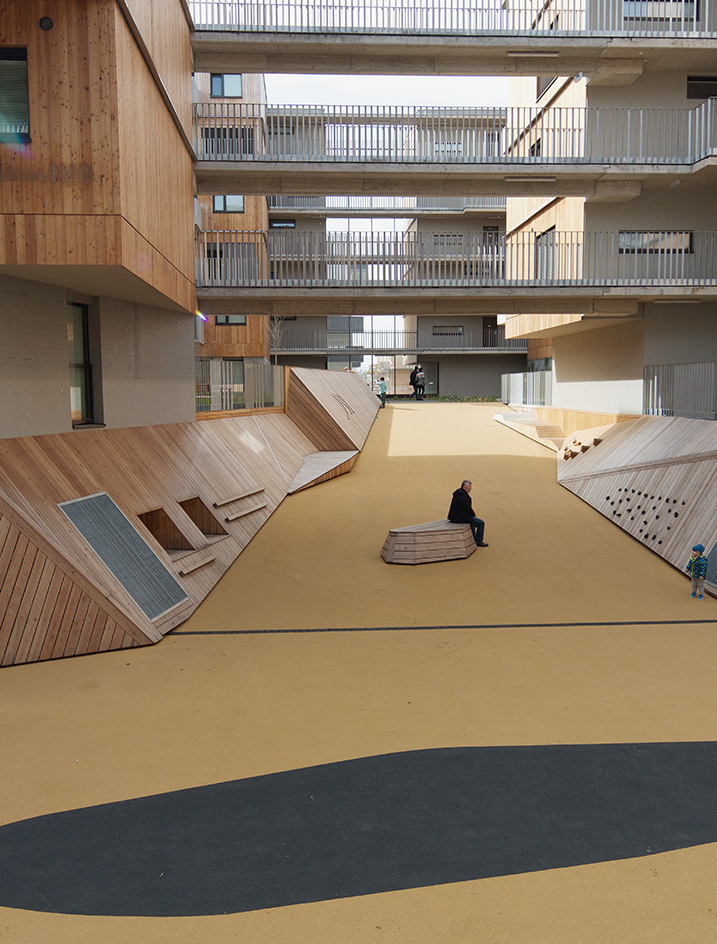
Within the Asp Holzwohnbau, interior courtyards are staggered across different levels and grouped around a central, wood-paneled canyon that serves as a meeting point and play area.
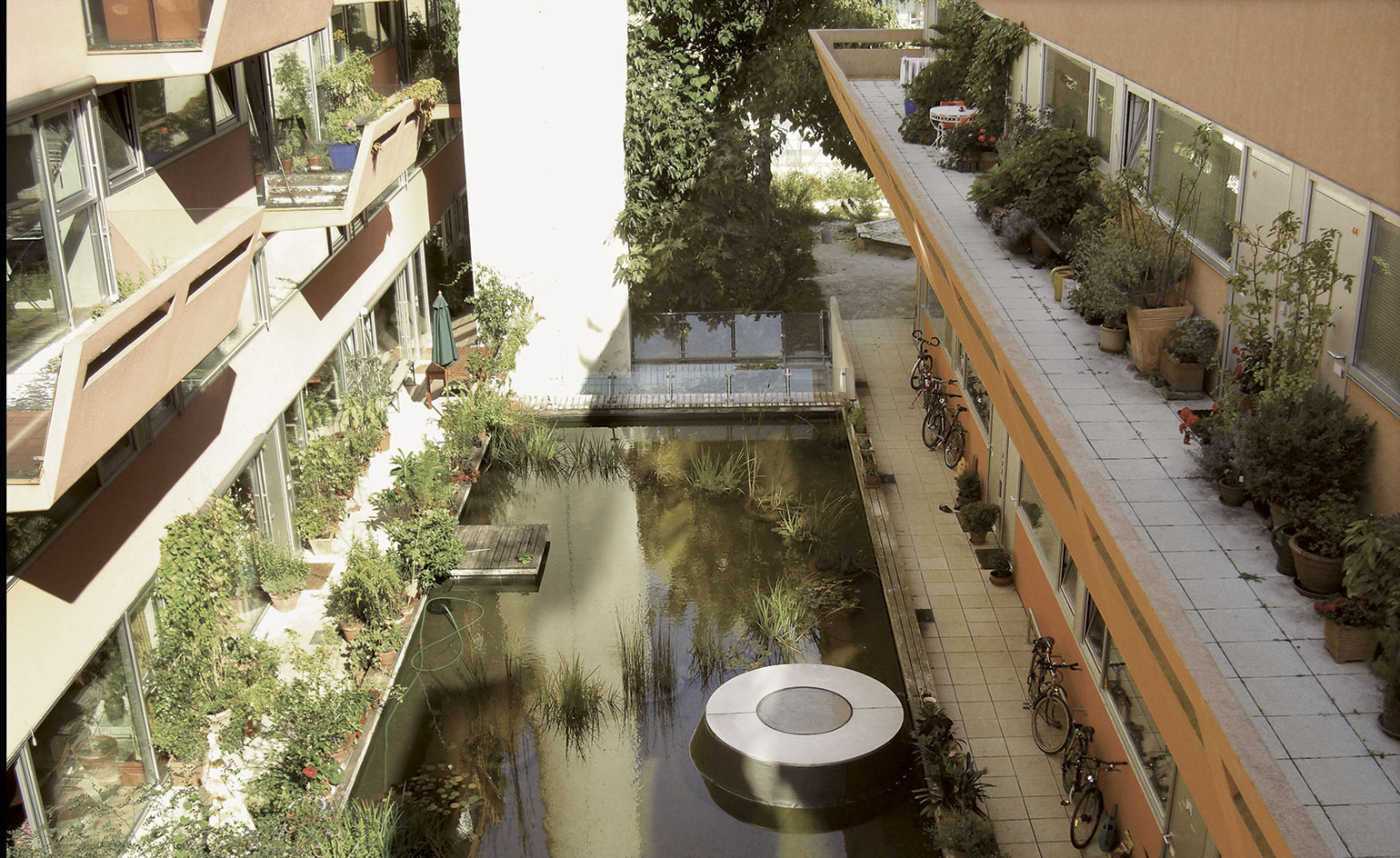
The roof gardens of the Sargfabrik model for communal living, photographed in 1996.
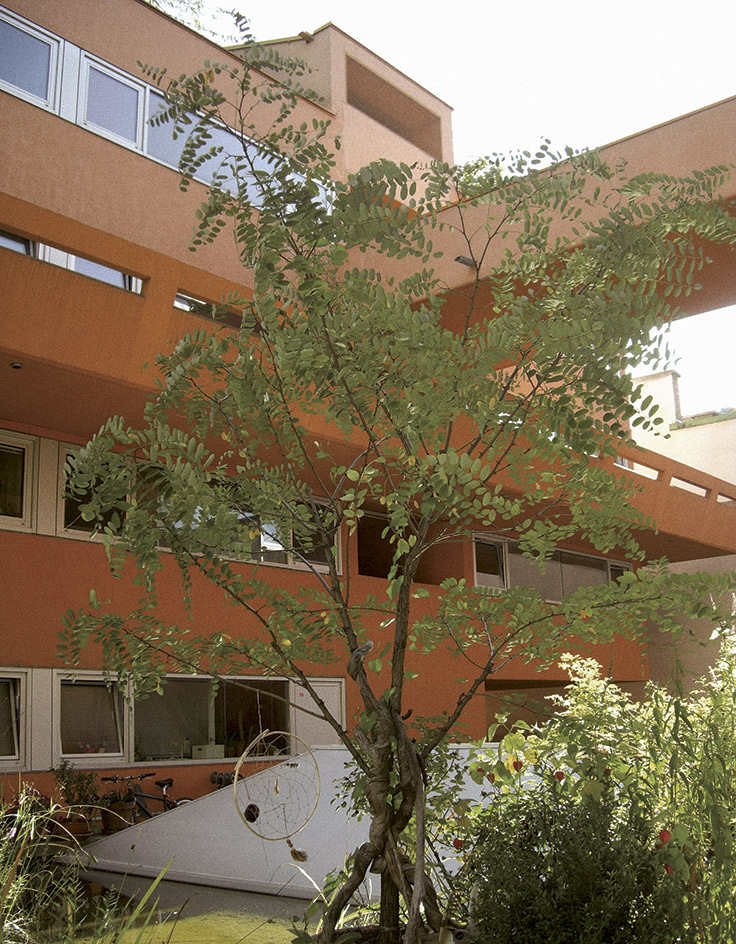
Some of the 75 units at Sargfabrik.
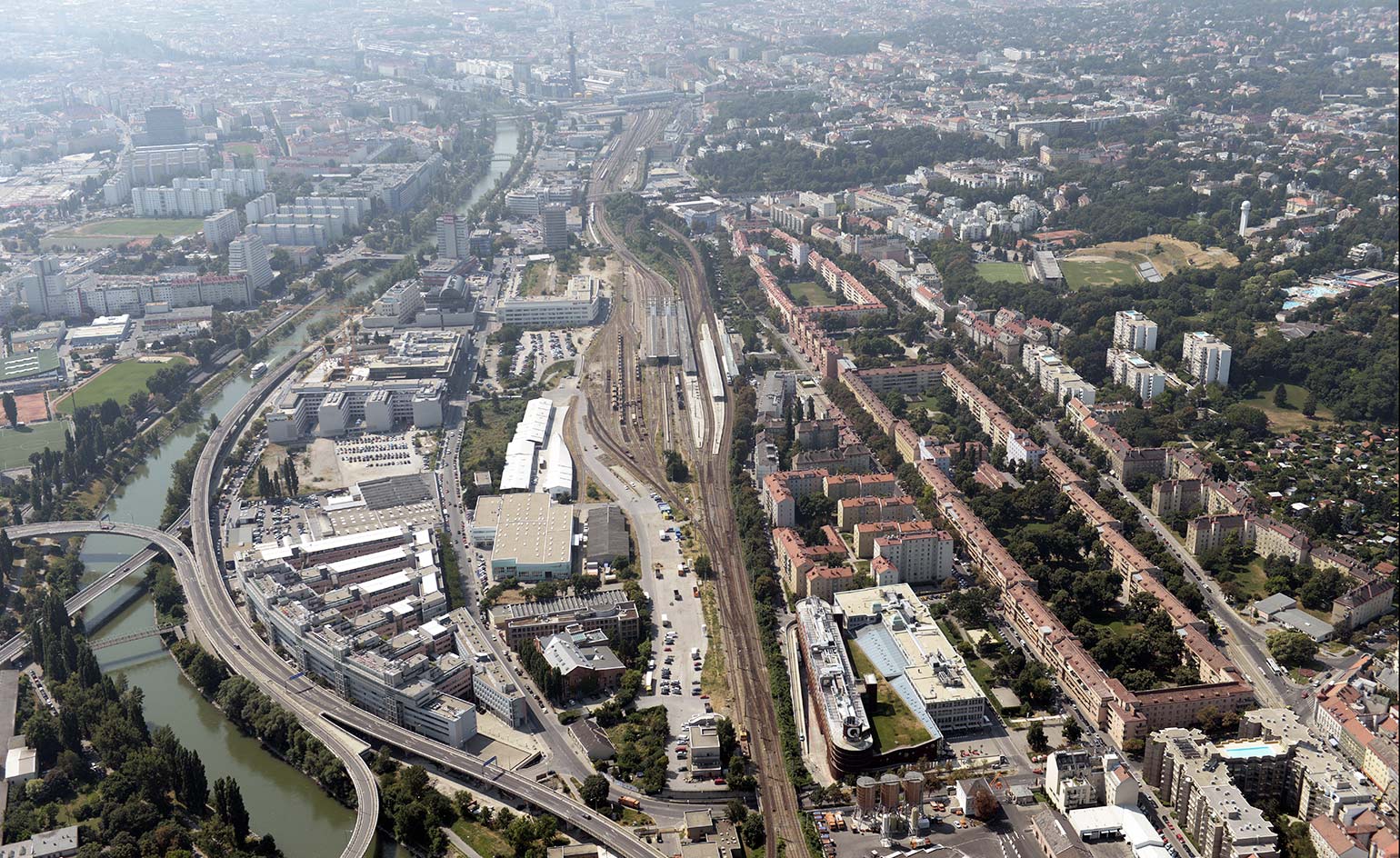
Karl Marx-Hof, photographed in 1930, the huge housing development planned by architect Karl Ehn.
INFORMATION
‘The Vienna Model: Housing for the 21st-Century City’ is on view until 16 July. For more information, visit the Museum of Vancouver website
ADDRESS
Museum of Vancouver
1100 Chestnut Street
Vancouver BC V6J 3J9
Wallpaper* Newsletter
Receive our daily digest of inspiration, escapism and design stories from around the world direct to your inbox.
-
 Japan in Milan! See the highlights of Japanese design at Milan Design Week 2025
Japan in Milan! See the highlights of Japanese design at Milan Design Week 2025At Milan Design Week 2025 Japanese craftsmanship was a front runner with an array of projects in the spotlight. Here are some of our highlights
By Danielle Demetriou
-
 Tour the best contemporary tea houses around the world
Tour the best contemporary tea houses around the worldCelebrate the world’s most unique tea houses, from Melbourne to Stockholm, with a new book by Wallpaper’s Léa Teuscher
By Léa Teuscher
-
 ‘Humour is foundational’: artist Ella Kruglyanskaya on painting as a ‘highly questionable’ pursuit
‘Humour is foundational’: artist Ella Kruglyanskaya on painting as a ‘highly questionable’ pursuitElla Kruglyanskaya’s exhibition, ‘Shadows’ at Thomas Dane Gallery, is the first in a series of three this year, with openings in Basel and New York to follow
By Hannah Silver
-
 You’ll soon be able to get a sneak peek inside Peter Zumthor’s LACMA expansion
You’ll soon be able to get a sneak peek inside Peter Zumthor’s LACMA expansionBut you’ll still have to wait another year for the grand opening
By Anna Fixsen
-
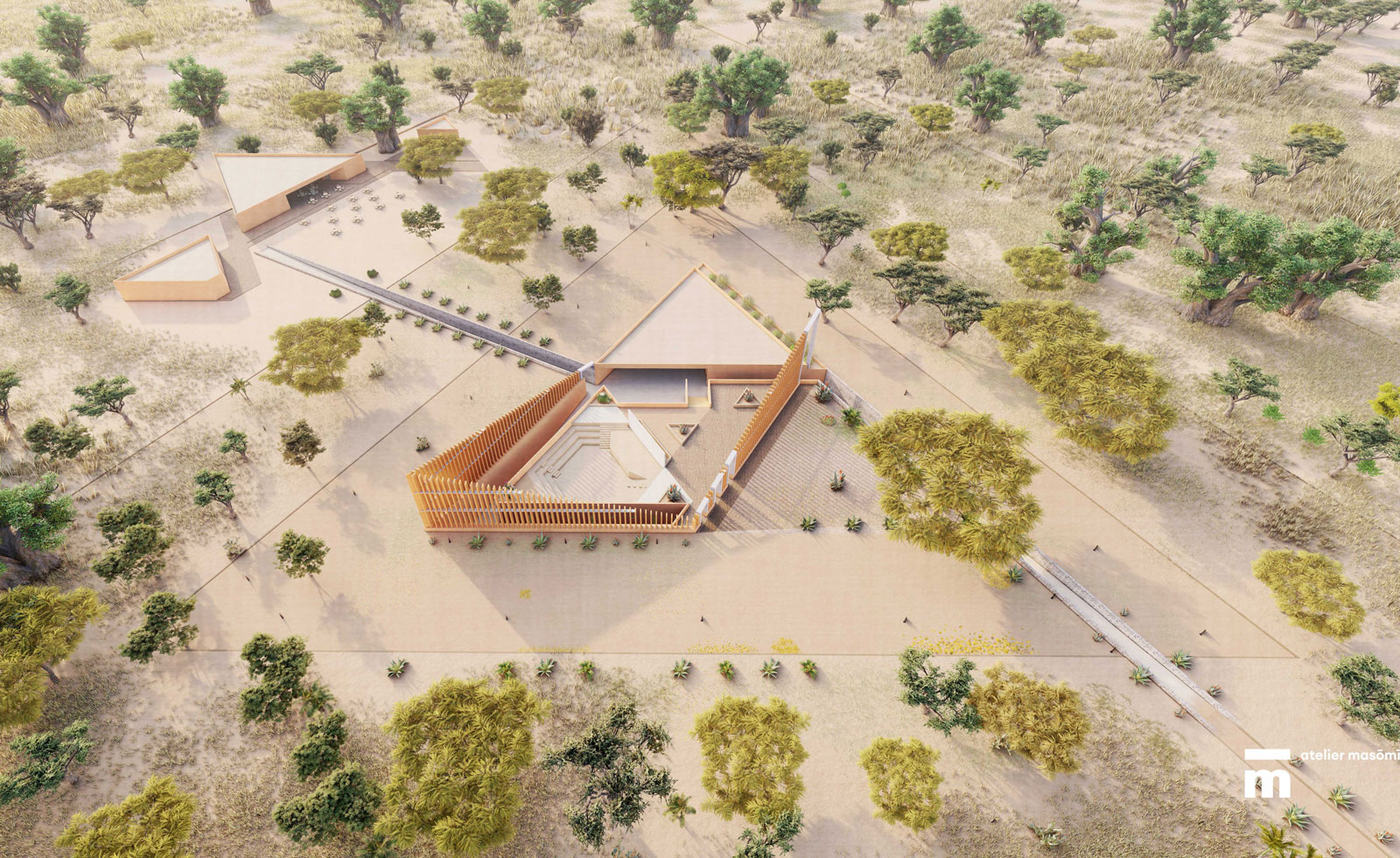 Mariam Issoufou Kamara to design Bët-bi museum in Senegal
Mariam Issoufou Kamara to design Bët-bi museum in SenegalMariam Issoufou Kamara, founder of Atelier Masōmī in Niger, has been selected by a jury to lead the design of the new Bët-bi museum in the Senegambia region of West Africa
By Hannah Silver
-
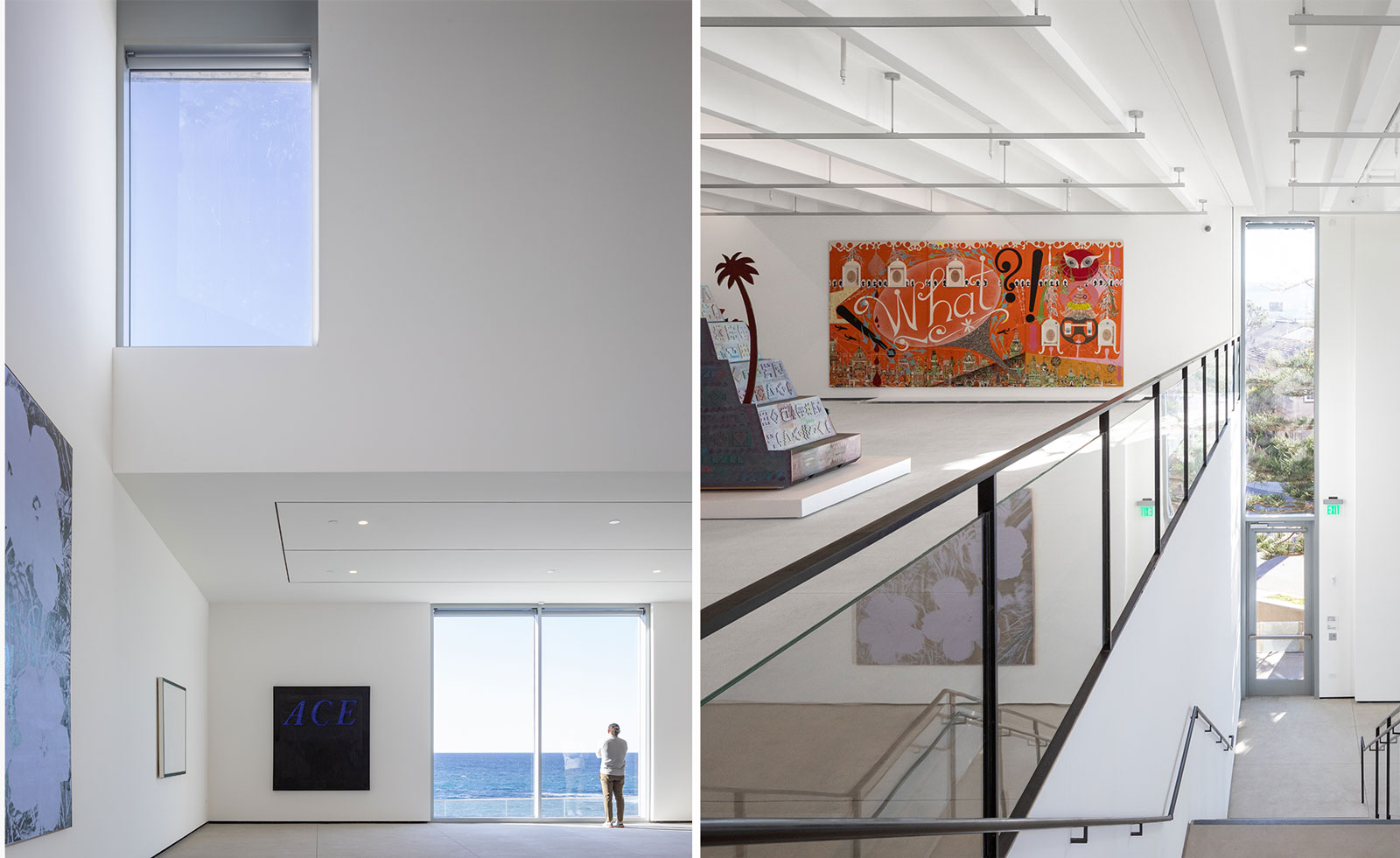 The Museum of Contemporary Art San Diego unveils a bigger and brighter new space
The Museum of Contemporary Art San Diego unveils a bigger and brighter new spaceSelldorf Architects has welcomed the elements in to the Museum of Contemporary Art San Diego’s new light-filled design
By Hannah Silver
-
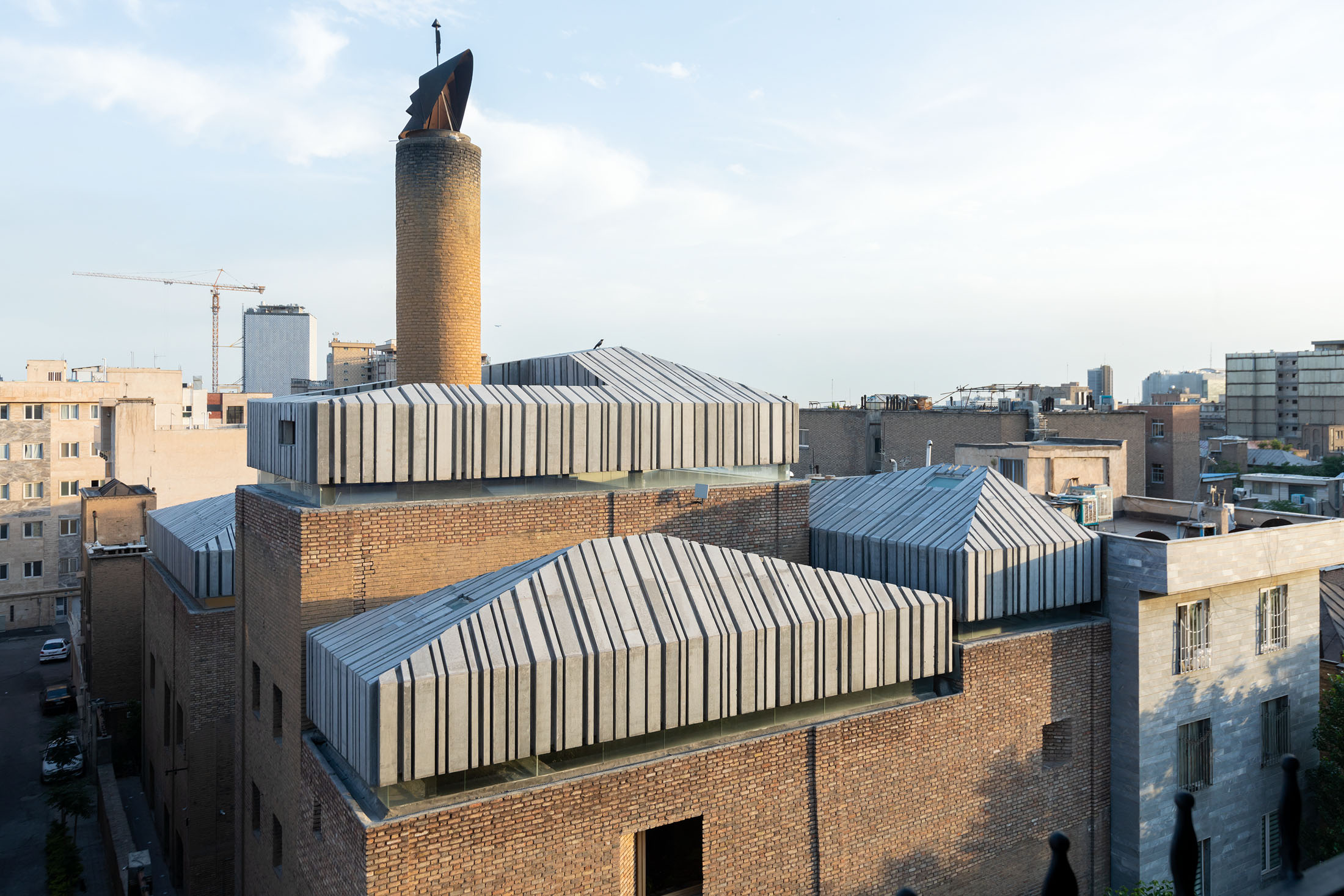 Tehran’s Argo Factory complex reinvents brewery architecture for the arts
Tehran’s Argo Factory complex reinvents brewery architecture for the artsThe Argo Factory Contemporary Art Museum & Cultural Centre by Ahmadreza Schricker Architecture North (ASA North), housed in a redesigned brewery, becomes Tehran's first new arts hub in decades
By Ellie Stathaki
-
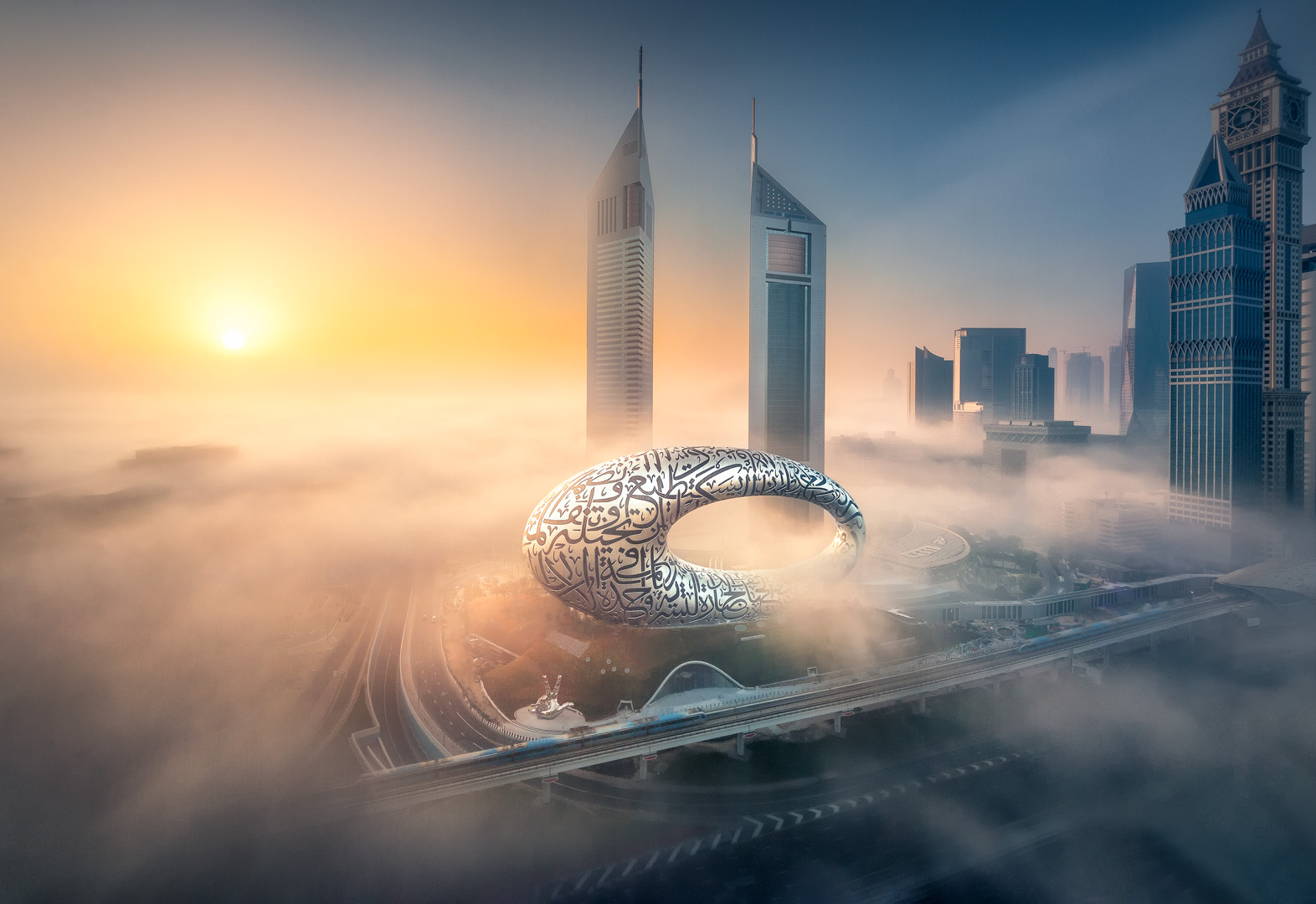 Dubai welcomes the Museum of the Future
Dubai welcomes the Museum of the FutureKilla Design and the Dubai Future Foundation launch the Museum of the Future in Dubai, which opens its doors to the public today (22 February 2022)
By Ellie Stathaki
-
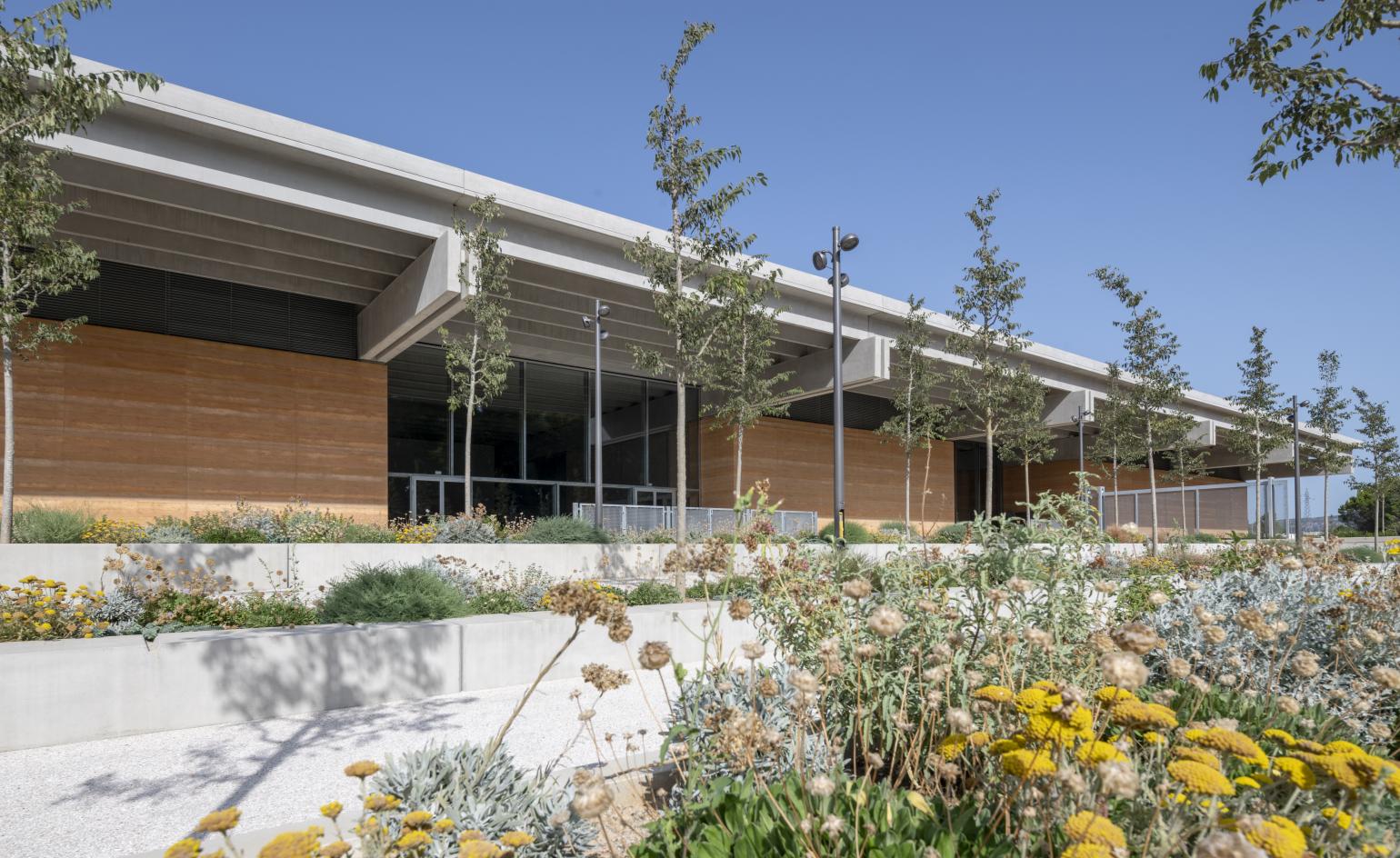 Foster + Partners’ Narbo Via enriches cultural landscape in south of France
Foster + Partners’ Narbo Via enriches cultural landscape in south of FranceNarbo Via, a new museum by Foster + Partners, opens in Narbonne, France
By Ellie Stathaki
-
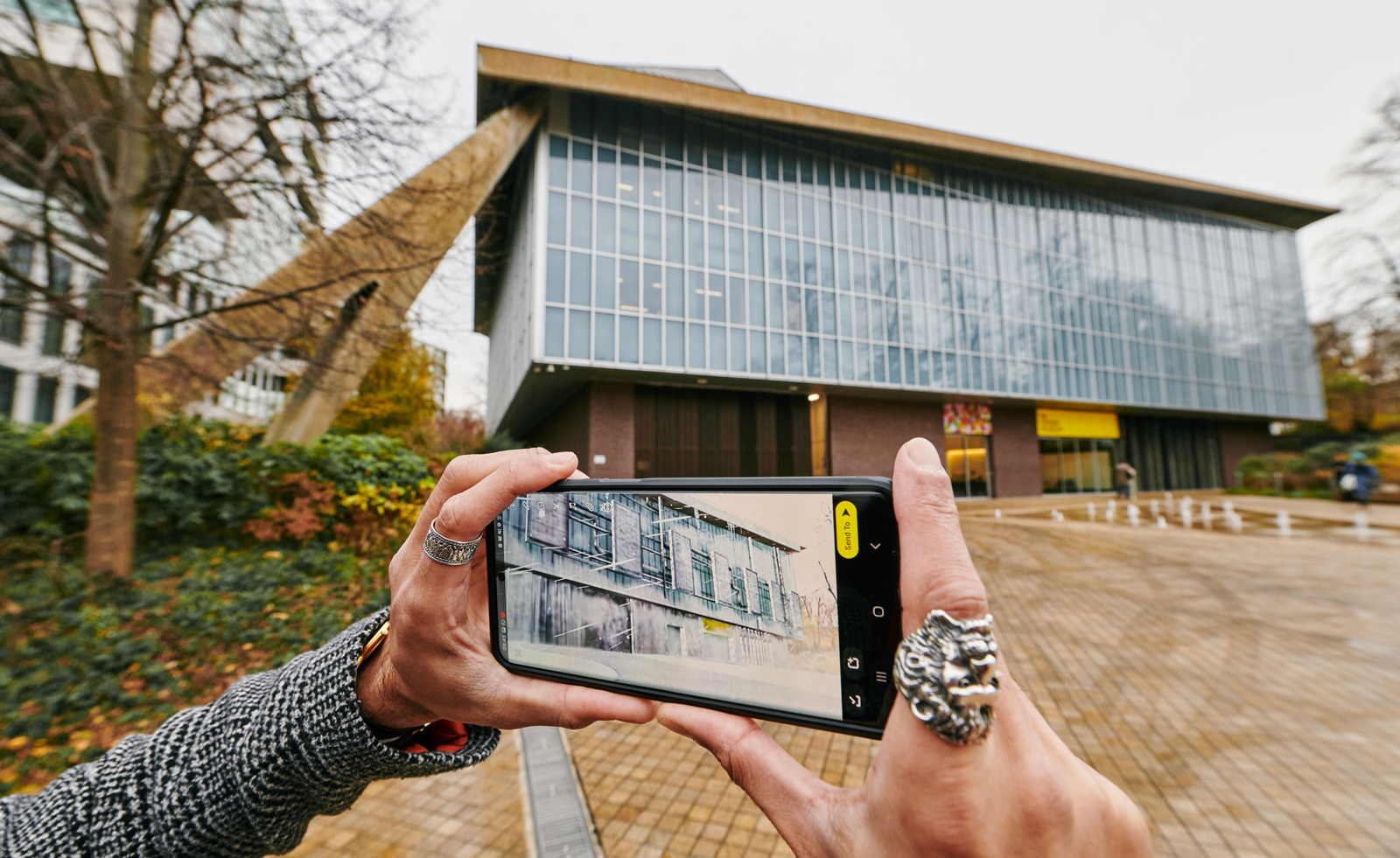 The Design Museum and Snap bring extreme climate change to London
The Design Museum and Snap bring extreme climate change to LondonThe Design Museum and Snap’s new filter imagines an alternative reality
By Hannah Silver
-
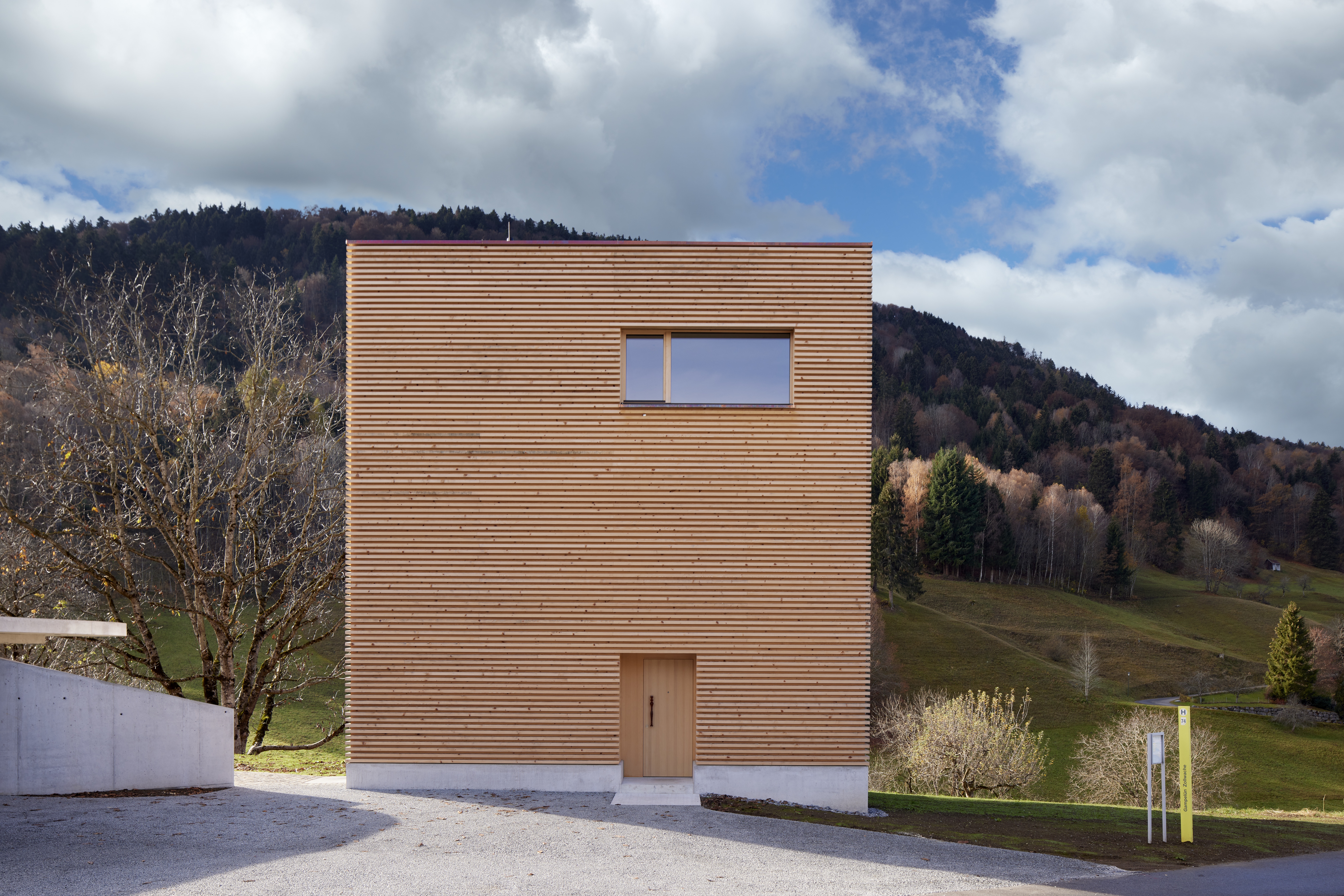 Mini timber tower offers contemporary take on Austrian farmhouse
Mini timber tower offers contemporary take on Austrian farmhouseHaus im Obstgarten, a minimalist timber tower in the Austrian countryside, is a contemporary family home among traditional farmhouses
By Ellie Stathaki